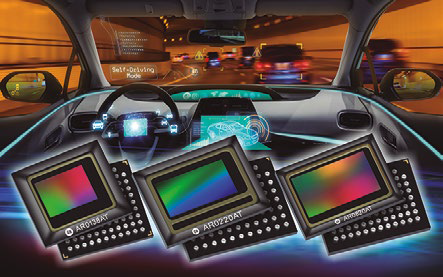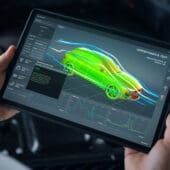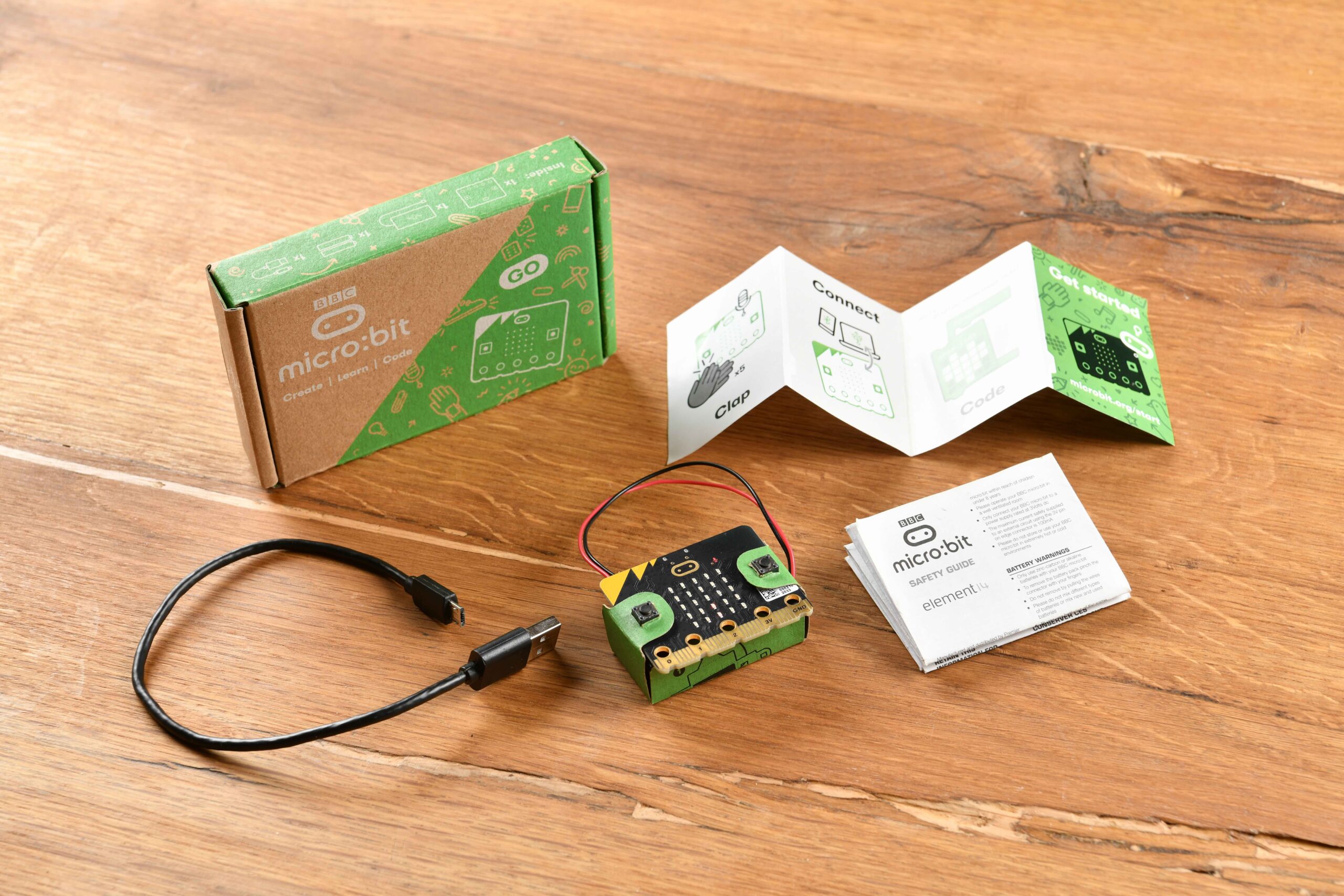A rapidly changing world
Ideas have been expressed, heated debates have taken place, and strong opinions have been expressed about what it would take to create the city of the future. An important section within this vision corresponds to autonomous cars, a technology that will affect many aspects of our daily lives – our way of traveling, our lifestyle, the creation of new industries and new jobs – and will alter others. The world is changing rapidly and we need to innovate to adapt to this new emerging situation. Ownership of vehicles in large cities is in decline since it is easier, more comfortable and cheaper for their inhabitants to use transport services with a driver. Shopping malls and department stores are fighting for their survival in the face of the rise of Internet sales, and the busy lifestyle increases our reliance on food delivery services. The increased volume of sales over the Internet, along with innovative means of distribution and package delivery, are becoming a major technology trend. With all this in mind, the time has come to look beyond the potential and see where the implementation of truly autonomous (VA) vehicles currently stands, and what it would take to move autonomous technology from “pickup mode of data” current to its widespread deployment for its daily use.
Building trust in autonomous vehicles
Let's start by looking at how far autonomous driving technology has evolved since the days of Waymo's first car. In the US market, where California (the only state where the Department of Motor Vehicles (DMV) is required to publish VA test reports), twenty-eight companies have released their results. In total, the cars of these companies traveled more than 3,2 million kilometers in autonomous mode and there were 73.550 disconnections (the system returned control to a safety driver or the safety driver had to intervene for the safe operation of the car). . The average number of disconnections was one for every 320 kilometers. Faced with such a level of reliability, the California DMV lowered the requirements of its rule to have a safety driver when the car was driving in autonomous mode. This represents a significant change since until now the only company that had obtained this license was Waymo. California also recently opened up the possibility of testing self-driving light trucks, a category that includes people carriers, pickup trucks and vans. The availability of such reports, in addition to being very practical for educating citizens, also requires more detailed information to reach valuable conclusions.
For example, if a company reports a disconnection due to perception problems, current DMV rules do not require the company to indicate what failed (or repeatedly fails), identify it, or classify it. In the absence of a standardized methodological process to verify the accuracy of the data, the effectiveness of the reports is questionable in terms of increasing the degree of public confidence in the technology. In the Pacific countries, China is set to become the largest market for AVs. According to a McKinsey report, “autonomous vehicles could account for up to 66% of passenger kilometers traveled by 2040 and would generate a market valued at $1,1 trillion in mobility services and $0,9 trillion in vehicle sales.” self-employed that same year. In December 2017, Beijing became the first city to regulate the use of autonomous driving vehicles on its streets, followed by Shanghai. Later, in February 2018, Beijing opened the first test center for autonomous vehicles. This innovative 133.000-square-meter center mimics real-world test environments by reproducing static and dynamic traffic on urban and rural roads. The Chinese government has invested heavily and committed to providing significant amounts of money and resources to encourage companies to develop the latest technologies that will drive this market forward at high speed.
China wants to become a technology leader at the forefront of the AV market. The European Union (EU) also clearly recognizes the advantages of AVs and the relevance of their impact. There is strong cooperation between member states that ensures the widespread deployment of autonomous driving technology in a uniform and homogeneous way in various countries. This is reflected in the Vienna Convention on Road Traffic, which requires a common regulation of traffic across borders. It reinforces the uniform creation of highways that connect cities and are suitable for testing with AV. In addition, the EU has launched a plan that includes driverless trucks that circulate between cities in less than two years. Reduced transit times and reduced fuel costs are just a few of the many expected benefits. Let's take a closer look at what the situation is in some EU countries. Germany, often considered a mecca for traditional car companies, was one of the first countries to legalize AVs on the roads, albeit with safety drivers. The Netherlands is in the lead, and not only within Europe but on a global scale. This country already allows testing of autonomous driving vehicles without the presence or control of human drivers. Sweden has offered the platform for trial programs with minibuses, and there are several companies undertaking extensive and ambitious deployment of autonomous buses.
“Owning a non-autonomous car will soon be like owning a horse,” said Carlos Moedas, EU Commissioner for Research, Science and Innovation. All these countries work within a common framework, so Europe is creating a safer and more efficient road network by developing a national AV integration strategy.
Sensors: the eyes of autonomous vehicles
Sensor technology is vital to AVs as it offers the ability to detect objects in front of the vehicle and works like eyes, providing the data on which decisions are based automatically. Let's consider some of the sensors that AV technology is based on: Cameras deal with texture classification and interpretation, and currently represent the most commercially viable option for the sensor. The CMOS image sensor, a core component of the camera, has come a long way since the early days of photos and selfies. These sensors have evolved from “see only” sensors to vision with added recognition. It is the most widely used sensor for functions such as Advanced Driver Assistance (ADAS) with forward view and traffic light recognition. The data collected by the sensor plays a key role in the car's decision-making process. The CMOS image sensors currently used in AVs incorporate highly advanced functionality that allows them to efficiently handle all driving situations in all kinds of environmental conditions. The high dynamic range (high dynamic range, HDR) is a fundamental parameter within the specifications of camera sensors.
This is the ability of the sensor to see between the darkest and brightest parts of the view in the same image, without over- or under-saturation. In other words, the sensor must be immune to changing ambient light conditions, for example if it is suddenly exposed to a sunny angle of light or reflections, or when entering or exiting a tunnel in daylight . Companies like ON Semiconductor provide the highest HDR for safe and reliable use in VA applications. Another trend in autonomous driving is higher sensor resolution, which is driven by the need for self-driving cars to see farther and at the same time have the ability to detect objects of any size. Basically, this offers the possibility of increasing the number of pixels per angular degree in the object, thus making autonomous driving algorithms work more efficiently for object detection and classification. For VA level three and above there is a heavy reliance on hardware and software to make decisions that would otherwise be made by people; this can also make vehicles more susceptible to cyber-attacks or hacking.
This has led to the development of numerous protection and security functions, such as cybersecurity, which have been added at the sensor level. In recognition of this challenge and threat, ON Semiconductor introduces the first automotive imaging device that integrates cybersecurity functions. Companies working in the LiDAR segment have also captured the attention of investors. This technology is considered highly recommended for autonomous cars, although its price can be very high. LiDAR's ability to create a 3D point cloud sets it apart from other detection technologies. Waymo changed the game with its own LiDAR, which not only detects pedestrians but can also calculate the direction they are moving and where they will move. This also gives cars the ability to see hand signals made by pedestrians or cyclists, and adapt driving accordingly.
Distance, resolution, rotation and image transmission speed are other key parameters when selecting a LiDAR. The most advanced LiDAR technology is capable of seeing a distance greater than 200 meters. The idea is not just to detect an object on the road, but also to classify it and feed it back to the decision-making system and change the vehicle's trajectory if necessary. The reflectivity of objects also plays a great importance. Although current LiDAR technology can detect objects with high reflectivity at a certain distance, work is needed to detect extremely low levels of reflectivity at long distances. Radar is another frequently examined type of sensor that is hugely important to the future of autonomous driving. The unique advantages of radar are evident when operating in the dark and under all weather conditions. Millimeter waves are a special technology that uses electromagnetic waves with a short wavelength and is starting to become widespread in autonomous driving applications.
By capturing the reflected signal, a radar system can determine the distance, speed, and angle of objects. A millimeter wave system operating between 76 and 81 GHz (whose corresponding wavelength is about 4 mm), can detect movements of the order of tenths of a millimeter. This offers a level of precision never before seen in the automotive market, enabling precise measurements to be made between the vehicle and surrounding vehicles and objects. Another improvement is seen in the ability to achieve more compact and integrated designs without the need for large visible antennas. VAs are one of the most anticipated innovations, with a potential impact that will change the lives of millions of people around the world. As this technology becomes more accessible to the general population, its effects – both positive and negative – are sure to be significant. One thing is certain: an interesting journey awaits us!








